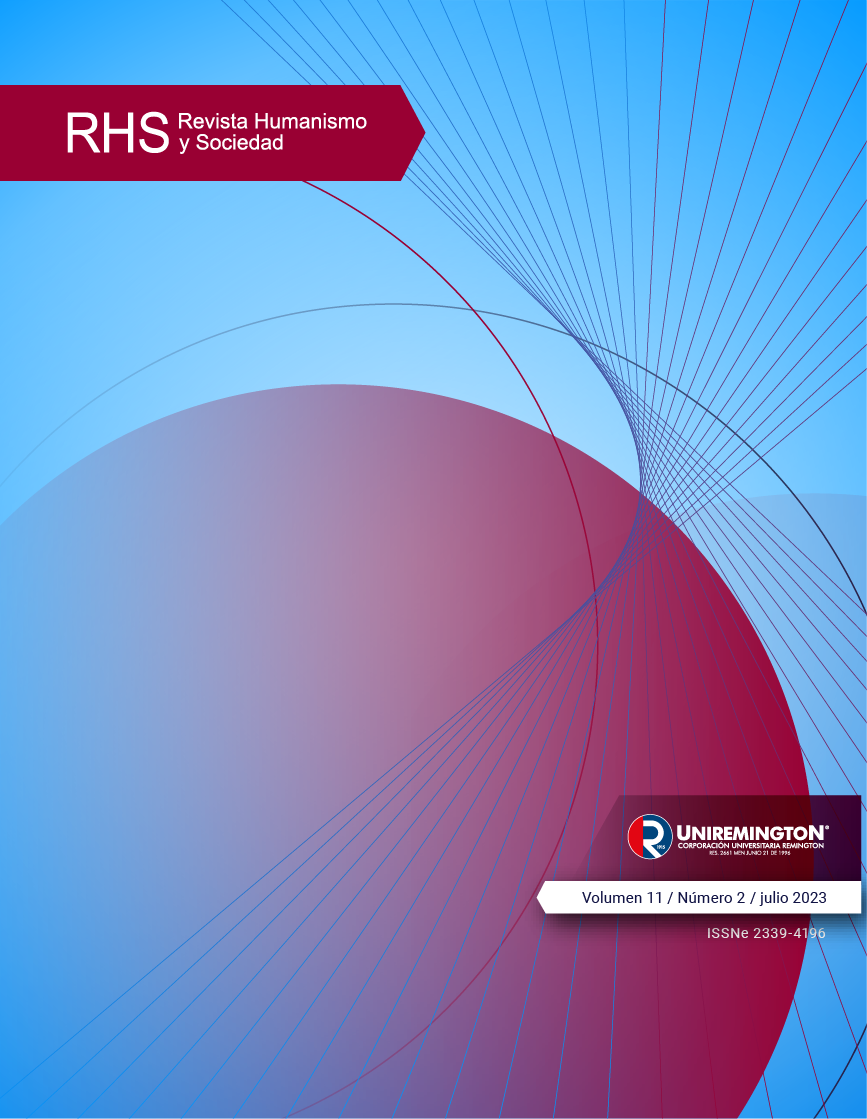The Validity of the Myth as an Active Psychic Function in the Unconscious Search for Meaning
Main Article Content
Abstract
This text helps to answer the question of whether the validity of myth has an active psychic function in the unconscious search for meaning in the life of modern men, which is assumed to be far removed from all mythical and ritual thought and immersed in a context in which reason is the only criterion of truth. The text focuses, therefore, on analyzing the power and influence of this psychic reality in the conscious world and on reflecting on whether this imaginal phenomenon has any use in the civilizing process or whether, on the contrary, the myth is rather a ballast, a simple chimera that makes it difficult to understand and accept the complicated conditions of today’s existence. The texts also reflects on whether dealing with this imaginal and symbolic universe meets the unconscious expectations and desires of today’s men to find meaning in their existence. The research methodology is based on the psychic phenomenology proposed by Carl Jung, and is also nourished, to a large extent, by the theoretical and conceptual contributions of the Romanian philosopher Mircea Eliade. In the rational world, the subconscious of current human beings does not cease to present innumerable myths and symbols, since it is never completely detached from the imaginal world. This is due to the fact that individuals are unconsciously influenced by ancestral mythological models of behavior that remain latent in the depths of the human being.
Downloads
Article Details

This work is licensed under a Creative Commons Attribution-NonCommercial-ShareAlike 4.0 International License.
Those authors who publish with this journal agree to the following terms:
The designated authors will retain copyright of all papers and grant the journal the right of first publication of their work, which will be simultaneously published under the Creative Commons Attribution License that allows third parties to share the work, as long as its author is attributed and this journal is identified as the original publisher.
Authors may enter into separate, additional non-exclusive licensing agreements for the distribution of the published work (e.g., post it to an institutional telematic archive or publish it in a monographic volume) as long as this journal is acknowledged as the original publisher.
References
Campbell, J. (1991). El poder del mito. Barcelona: Emecé.
Campbell, J. (2014). El héroe de las mil caras. Fondo de cultura Económica.
Eliade, M. (1992). Lo sagrado y lo profano. Labor.
Eliade, M. (1968). Mito y Realidad. Guadarrama.
Eliade, M. (1997). La búsqueda: Historia y sentido de las religiones. Kairós.
Eliade, M. (2005). El vuelo mágico. Siruela.
Eliade, M. (1979). Imágenes y símbolos. Taurus.
Eliade, M. (1999). Historia de las creencias y de las ideas religiosas de la edad de piedra a los misterios de Eleusis (Vol. 1). Paidós.
Hillman, J. (1999). Re- Imaginar La psicología. Siruela.
Jung, C. (2001). Civilización en transición (Vol. 10). Trotta.
Jung, C. (1993). Símbolos de transformación. Paidós.
Jung, C. (2009). La vida simbólica (Vol. 18). Trotta.
Jung, C. (1970). Arquetipos e inconsciente colectivo. Paidós.
Jung, C. (2004). La dinámica de lo inconsciente (Vol. 10). Trotta.
Jung, C. (1944). La psique y sus problemas actuales. Poblet.
Jung, C. (1991). Psicología y religión. Paidós.
Jung, C. (1957). Presente y futuro. Poblet.
Jung, C. (2014). Respuesta a Job. Trotta.
Stein, M. (2004). El mapa del alma según C.G. Jung. Luciérnaga.
Pinkola, C. (2001). Mujeres que corren con los lobos. Liberdoplex.
